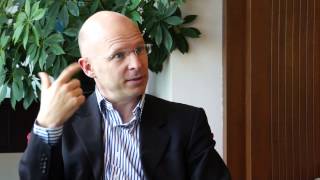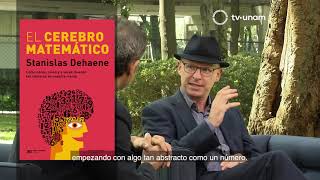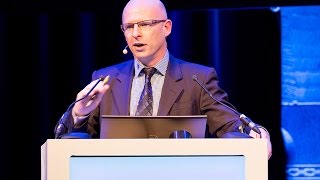Sunday, 21 December, 2025г.
















Где искать: по сайтам Запорожской области, статьи, видео ролики
пример: покупка автомобиля в Запорожье
Conference: East-West Connections - Stanislas Dehaene
Speaker: Stanislas Dehaene
INSERM-CEA Cognitive NeuroImaging Unit, France
Abstract: Progress in understanding the representation of syntax in the human brain
How do human representational capacities differ from those of other species? Language, music and mathematics are prime examples of domains that seem uniquely developed in humans. Hauser, Chomsky and Fitch hypothesized that they reflect a human-specific ability to represent recursive or nested structures. In this lecture, I will present recent fMRI data from my laboratory exploring the issue of human uniqueness for language and mathematics. In the first part, I will present human fMRI data suggesting that linguistic and mathematical structures involve parallel circuits passing through distinct sectors of inferior frontal cortex. In the second part, I will describe our efforts to reduce the complexity of these tasks by studying the encoding of abstract auditory patterns in human adults, infants, and macaque monkeys. fMRI studies in monkeys and humans suggest that both species possess dissociable dorsal and ventral circuitry for number and sequence patterns, but that only humans are assembling both sources of information into a single integrative representation in bilateral inferior frontal gyrus. I speculate that, in the course of hominization, humans may have developed a novel ability to assemble mental objects into nested hierarchical structures.
http://www.paralimes.ntu.edu.sg/
Похожие видео
Мой аккаунт


 У вашего броузера проблема в совместимости с HTML5
У вашего броузера проблема в совместимости с HTML5


